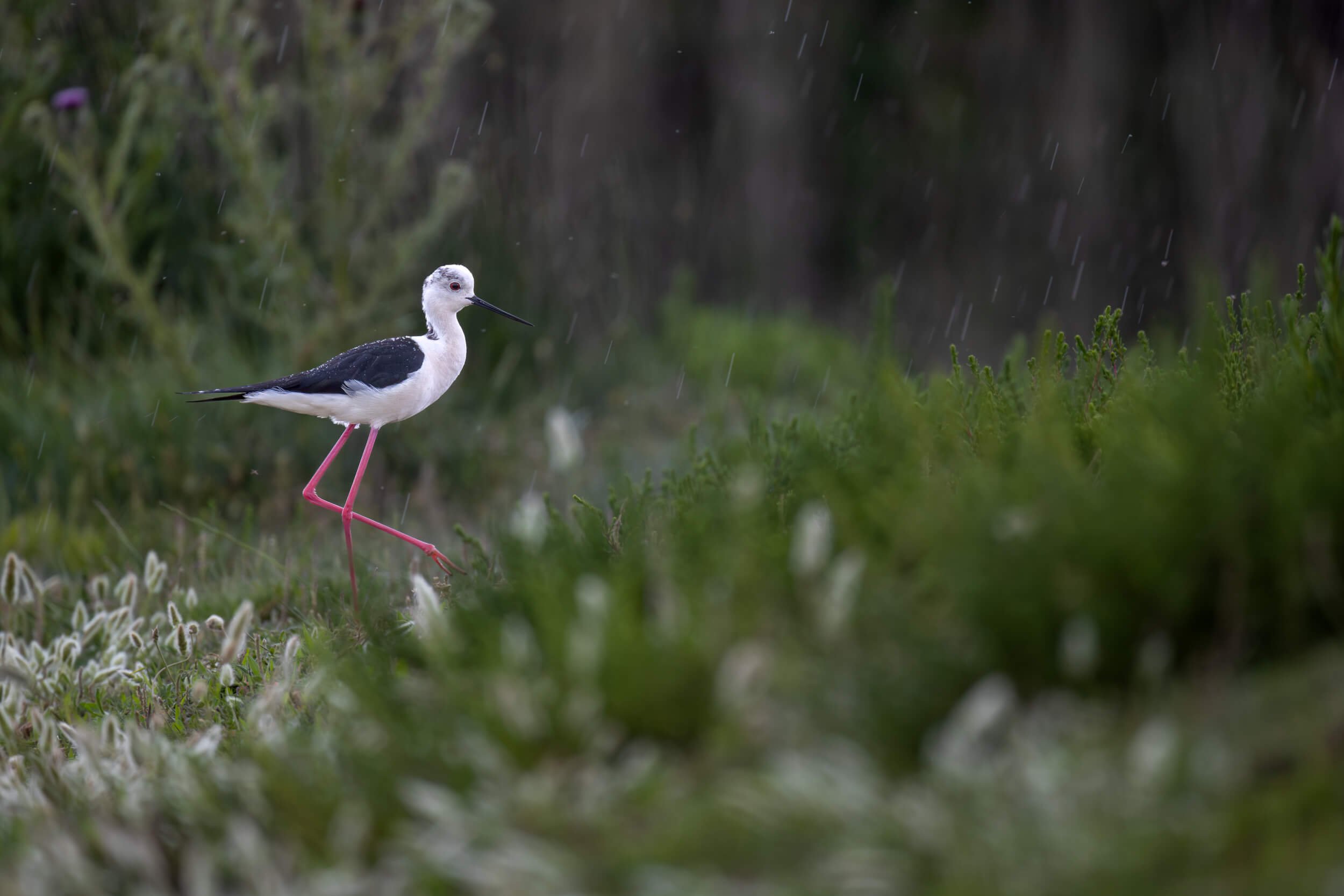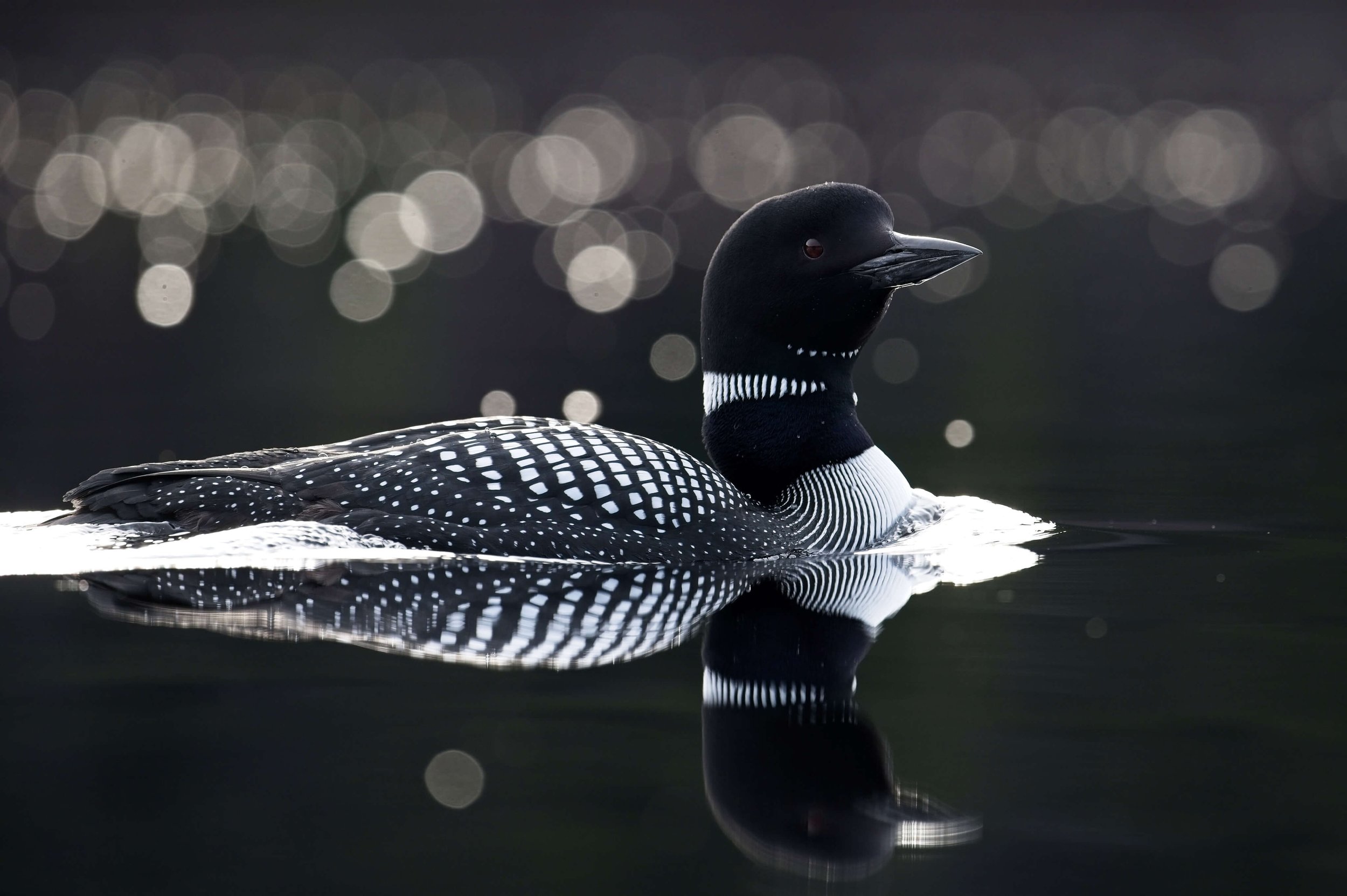Best Wildlife Photography of May 2023: Introducing Beyond the Grid
Did you have a chance to get out and do some wildlife photography this past May? I and many other photographers were lucky enough to do so.
In this article, I'll first showcase some of my best wildlife photos from the last month. Second and most importantly, I'll introduce Beyond the Grid, a brand-new series where the community's best wildlife photographers shine beyond Instagram, so hold on tight.
May was a fantastic month for wildlife photography, especially with spring migration in full swing. Several wildlife photographers captured some truly stunning images, and I'm excited to share them with you.
If you're getting started in wildlife photography, I hope these images inspire you. And remember, the most important thing is to enjoy the process. Keep scrolling to learn what Beyond the Grid is all about!
Best Wildlife Photos from APC Wildlife Photography
I was lucky enough to spend the best part of May in the field doing wildlife photography, so before we enter Beyond the Grid, I wanted to share some of my photos. I mostly shot near my home in Oxford, but I also managed to sneak some shots on a trip to Barcelona to visit a friend who plays professional basketball in Spain.
Although I have the Canon R10 and RF 100-400, I also picked up the Canon R8 and RF 800mm f/11 before heading to Barcelona, where I tested it extensively. I was very impressed with these affordable Canon cameras and lenses. I’ll be writing a comprehensive review of all of them soon.
Read more: Is the Canon R8 the best budget full-frame camera for wildlife photography?
I also experimented with different compositions in wildlife photography at various focal lengths and fields of view. I shot as wide as 100mm and as narrow as 1280mm full-frame equivalent. This was very new to me, so there was undoubtedly a learning curve! I hope you enjoy my best wildlife photos of May.
Rock pigeons
Canon R8 + Canon RF 100-400mm F5.6-8 IS USM | ISO 320, 1/100, f/8 @ 400mm
Why I like it:
The lighting conditions were just right, so I could place the pigeons in the sliver of sunrise peeking through the thick blue-purple clouds above.
Apart from adding an urban feel, the street lights help frame the subjects.
Why I chose the gear:
Since I was shooting in low light, I chose the Canon R8 over the Canon R10 since it can handle noise much better as a full-frame camera.
The Canon RF 100-400mm also provided the zoom flexibility I needed to get this shot.
What I would improve:
I initially shot it in landscape format, forcing me to crop more than usual. If I could reshoot it, I would probably have shot it vertically to waste fewer megapixels.
Read more: 5 reasons why I bought the Canon R10 for wildlife photography (first look)
Cattle egret
Canon R8 + Canon RF 100-400mm F5.6-8 IS USM | ISO 200, 1/500, f/6.3 @ 100mm
Why I like it:
I tried to show how cattle egrets coexist with humans in Barcelona by having the subject point toward the people on the bench.
Shooting a generally skittish subject at super close range was very fun.
Why I chose the gear:
In urban wildlife photography, you can often experiment with shorter focal lengths.
Since I knew I’d have tame subjects within close range, I chose the Canon RF 100-400 for an incredible minimum focus distance of 0.88 m.
What I would improve:
I would’ve preferred more space on the left side to avoid cutting the person’s leg.
Separating the cattle egret and the bench more would make the image more balanced.
Grey heron
Canon R8 + Canon EF 300mm f/2.8L IS II USM | ISO 100, 1/3200, f/2.8
Why I like it:
I love golden hour silhouettes, which are rare in the UK due to the thick cloud cover.
I like the heron's elegant movement as it steps through the marshy floodplain.
The heron’s head and leg are framed against lighter areas, allowing them to pop more.
Why I chose the gear:
When shooting in a busy environment, the Canon EF 300mm f/2.8L IS II USM’s shallow depth of field helps eliminate distractions by creating more pleasing out of focus areas.
Shooting at f/2.8, I can use a much faster shutter speed to freeze motion without introducing significant noise. This wouldn’t be possible with my slower lenses.
I used my Canon R8 to capture a wider scene than on a crop sensor.
What I would improve:
I would’ve preferred less negative space above the heron and more between its head and the distant trees.
However, if I’d gotten lower to do this, the light in the water wouldn’t have been visible.
Sometimes you have to make trade-offs to achieve the best photo possible.
Black-winged stilt
Canon R8 + Canon RF 800mm f/11 | ISO 2000, 1/200, f/11
Why I like it:
I love shorebirds, and shooting such an elegant one in motion was spectacular.
Incorporating rain into wildlife photography can have a pleasing impact.
I like the photo’s three layers, with the stilt framed between the foreground and background vegetation.
Why I chose the gear:
I generally prefer to shoot shorebirds at shorter focal lengths, but this one was far, so I needed the reach of the Canon RF 800mm f/11.
I also needed to move around easily, so this lens’ lightweight and size helped a lot.
In low light at high ISOs the Canon R8 handles noise better than the Canon R10.
What I would improve:
The dark spot in the bottom right corner is a bit distracting. Some people might remove it.
I’d prefer the bird were a tad sharper, but it may not have been possible due to heat distortion.
Read more: How to Photograph Shorebirds (Tutorial)
Egyptian goslings
Canon R8 + Canon EF 300mm f/2.8L IS II USM | ISO 100, 1/2500, f/4
Why I like it:
I usually dislike photos where the subject’s eyes aren’t visible, but this image makes me feel like these goslings are going on an adventure into a vast, new world.
I like the rim lighting that makes the subjects stand out against the darker background.
A group of three helps produce pleasing depth and repetition in an image.
Why I chose the gear:
I had been shooting my Canon R10 and RF 100-400, but they didn’t produce the look I wanted in the grass.
The Canon R8 with the Canon EF 300mm f/2.8L IS II USM helped create better subject isolation while using a very fast shutter speed without introducing much noise.
What I would improve:
I’m torn about whether the photo might have looked better without the sky and just the goslings against the dark background, but this photo wasn’t possible in this situation.
I think the white patch to the left of the goslings is a bit distracting and could’ve been removed in post-processing.
Wildlife photography tutorials
If you're getting into wildlife photography, you might find my tutorials helpful. They’re packed with wildlife photography tips and techniques to help you improve your skills.
Beyond the Grid: Wildlife Photography Contest
Now, onto the main event!
Welcome to the inaugural edition of Beyond the Grid, a brand-new series where the community's best wildlife photographers shine beyond Instagram.
Although Instagram has become the most popular way to share our work, it’s not always optimized for sharing our art. The social media platform also prioritizes people who can best market their work rather than produce the best photography.
That’s why Beyond the Grid aims to give visibility to more wildlife photographers outside of Instagram on a medium that better represents the fruits of our hard work.
Every month, we will shine a spotlight on our community's best wildlife photographers. Being a wildlife photographer can be challenging, but the results, as you can see from the work of the individuals below, can be absolutely breathtaking.
Common loon in the Algonquin backcountry - Carl Pawlowski
Common loon | Nikon Z6 II + Nikon Z 400mm f/4.5 VR S | ISO 1100, 1/800, f/5.6
Why I love it:
Carl does an excellent job of framing the common loon within incredibly pleasing bubbles of bokeh (kudos for getting the beak to fit perfectly within one of the bubbles).
Apart from nailing focus, he exposes a tricky subject well to ensure it's not too dark or bright, while capturing an engaging facial expression.
Creating a unique photo of a loon is challenging, but Carl does so in a strong, almost monotone frame.
Grey tree frog - Mark Bernards
Grey tree frog | Nikon Z6 II + Nikon Z 100-400mm f/4.5-5.6 VR S | ISO 800, 1/250, f/8 @ 400mm
Why I love it:
Mark shows some incredible behaviour in a very serene exposure of a grey tree frog.
The leaves and tree trunk it's hiding in give us a glimpse into its habitat and secretive life.
The texture Mark captured, especially with the nook encasing the amphibian, is excellent, adding to the peace you feel when viewing this image.
Go for gold - Matt Parish
Common loon | Canon R8 + Canon RF 800mm f/11 | ISO 2500, 1/640, f/11
Why I love it:
Behaviour and colour are everything in Matt’s photo of another common loon.
The soft oranges and yellows make it feel like a beautiful autumnal scene.
The wing stretch is an excellent behaviour to capture, with the dreamy reflection below adding to the complexity and dreaminess of the photo.
Castle egret - Karim Bouzidi Idrissi
Cattle egret | Canon R10 + Canon RF 100-400mm F5.6-8 IS USM | ISO 800, 1/800, f/8
Why I love it:
This photo perfectly combines nature with ancient culture by combining the cattle egret with the medieval castle in the background.
If it were just the subject against the castle, it would lack depth, but Karim has placed vegetation in the foreground to avoid this issue, adding more interest for the viewer.
Obscuring most of the cattle egret’s body with the plants is great because it draws your attention toward its colourful crest, beak, and eye.
Common yellowthroat - Kyle Boehm
Common yellowthroat | Canon R7 + Sigma 60-600mm F4.5-6.3 DG OS HSM | ISO 640, 1/200, f/6.3
Why I love it:
Kyle selected a strong perch for this warbler, where it clings to the thinnest part, leading to the wider section.
The perch acts as a leading line to the other branch and leaves in the background, which curls around to encircle the bird, keeping our attention on it.
In a scene dominated by greens and yellows, the yellowthroat’s black mask steals the show to ensure the viewer focuses on its eye.
Thank you to all our participants!
With five engaging and high-quality photos from wildlife photographers from the community, the first-ever Beyond the Grid wildlife photography contest is in the books!
Thanks to Carl, Karim, Kyle, Mark, and Matt for showcasing their incredible work this month.
Submit your best wildlife photos for June
Missed submitting your May photos? No problem.
To be featured in the June issue, submit your photos here by Sunday, July 2 at 11:59 pm Eastern or use the tag #apcwildlife on Instagram (unfortunately, #beyondthegrid was taken). We can't wait to see your work!
Remember, the best wildlife photographers are passionate about their subjects. So, find something you love and let that guide your photography throughout June.
Want to become a better wildlife photographer?
If you are interested in learning more about the technical and artistic side of photography to take your photos to the next level, check out these awesome tutorials that can help you take amazing wildlife photos!










